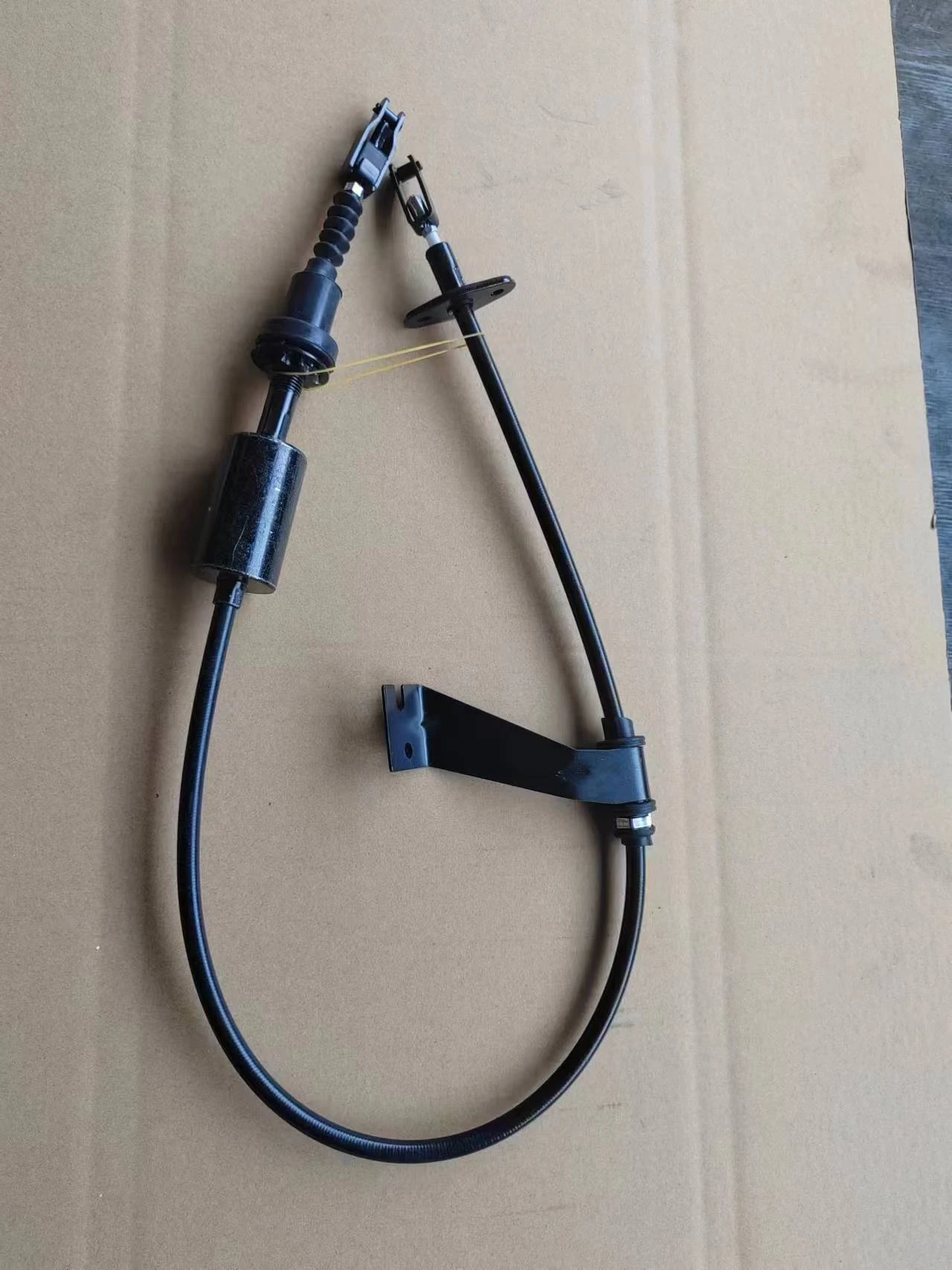Understanding the Importance of Handbrake Cables for Vehicle Safety and Performance
Understanding Handbrake Cables Function, Types, and Maintenance
Handbrake cables, an integral component of a vehicle's braking system, play a critical role in ensuring safety and functionality. While often overlooked, these cables are vital for the secure operation of a handbrake—also known as the parking brake—in both manual and automatic vehicles. In this article, we will explore the function, types, and essential maintenance of handbrake cables.
Function of Handbrake Cables
The primary function of a handbrake cable is to engage and disengage the parking brake mechanism. When a driver pulls the handbrake lever, the cable transmits this action to the brake assembly, typically located on the rear wheels. This engagement creates friction in the brake system, effectively holding the vehicle stationary. This function is particularly crucial when parking on inclines or during extended stops to prevent unintentional movement of the vehicle.
Handbrake cables not only provide safety when a vehicle is parked but also serve a purpose in specific driving situations. For example, during low-speed maneuvers or while traversing steep hills, the handbrake can be employed to aid in controlling the vehicle, thereby enhancing the overall driving experience.
Types of Handbrake Cables
Handbrake cables come in several varieties, designed to meet various vehicle specifications and applications. Generally, two main types can be identified
1. Single Cable System This is the most common type found in many vehicles. It utilizes one cable that runs from the handbrake lever to a Y-connector, which splits the cable into two separate lines that connect to each rear brake. This type of system is relatively straightforward and requires less material, making it more cost-effective.
2. Dual Cable System More advanced vehicles may use a dual cable system, where two cables run directly from the handbrake lever to each rear brake individually. This design allows for more precise control of the brake application and may provide improved response times. However, it can be more expensive and complex to install or repair.
Signs of Wear and Tear
Like any other mechanical component, handbrake cables can wear out over time. Identifying signs of degradation early can save drivers from potential safety issues. Common indicators that handbrake cables may need attention include
handbrake cables

- Increased Lever Travel If the handbrake lever feels unusually loose or requires more effort to engage, it could be a sign of stretching or damage to the cables.
- Difficulty in Engaging the Brake If the handbrake does not hold the vehicle securely when pulled, particularly on an incline, it may indicate a malfunctioning cable.
- Visible Damage Fraying, rust, or visible wear on the cables can compromise their integrity, necessitating immediate replacement.
Maintenance Tips
Proper maintenance of handbrake cables is essential for ensuring their longevity and functionality. Here are some tips for keeping these cables in top condition
1. Regular Inspections Check the condition of the cables during routine vehicle maintenance. Look for signs of fraying, rust, or other visible damage.
2. Lubrication Some handbrake cables may benefit from lubrication. Consult the vehicle’s owner manual for specific recommendations regarding lubrication practices and intervals.
3. Keep the System Clean Dirt and debris can accumulate around the cables and the associated pulleys, leading to friction and wear. Regular cleaning can help prolong the life of the cables.
4. Timely Replacement If any signs of wear or malfunction are detected, it is crucial to replace the cables promptly. Ignoring issues can lead to complete failure of the parking brake system, putting safety at risk.
Conclusion
Handbrake cables are essential for maintaining vehicle safety and stability. Understanding their function, recognizing signs of wear, and performing regular maintenance are crucial steps every vehicle owner should take. By taking care of this often-overlooked component, drivers can ensure that their vehicle remains safe and reliable on the road, allowing for worry-free parking and driving experiences. Regular checks and timely repairs will go a long way in prolonging the life of the handbrake system, ensuring a smooth and secure driving experience for years to come.
-
Upgrade Your Control with Premium Throttle CablesNewsAug.08,2025
-
Stay in Control with Premium Hand Brake CablesNewsAug.08,2025
-
Experience Unmatched Performance with Our Clutch HosesNewsAug.08,2025
-
Ensure Safety and Reliability with Premium Handbrake CablesNewsAug.08,2025
-
Enhance Your Vehicle with High-Performance Clutch LinesNewsAug.08,2025
-
Elevate Your Ride with Premium Gear CablesNewsAug.08,2025
